Blast From The Past: The Story Of The GM Tech Center And The Electrovan Explosion

The autoblogosphere is buzzing with news of an explosion in an electric vehicle battery testing facility at General Motors’ Tech Center in Warren, outside of Detroit. This isn’t the first time that the Tech Center has been the site of an explosion involving alternative energy. Contrary to conventional wisdom, the domestic automakers have invested many millions of dollars trying to develop alternatives to gasoline power over much of the second half of the 20th century. Almost 50 years before Toyota introduced the hybrid Prius and Honda started making the FCV hydrogen fuel cell powered car, General Motors was working on cars and trucks powered by fuel cells or batteries. Not all of that R&D proceeded without incident.
Inspired by the compact fuel cells developed for the United States’ space effort, in the mid 1960s Dr. Craig Marks led a team of GM researchers in developing a hydrogen fuel cell powered electric vehicle. GM had already introduced the Electrovair, a Corvair converted to electric power and the original intention was to make a fuel cell powered Corvair. A car, though, requires much more current than a spacecraft and Marks’ team soon realized that they’d have to use a larger vehicle as a test mule. At the time, GM made a small van called the Handyvan which had sufficient space for the compressed hydrogen tank and other equipment. Despite that extra space, the new equipment took up so much room that the finished “Electrovan” was just a two-seater. That equipment included two super-cooled tanks, one for liquid hydrogen and one of liquid oxygen, 550 feet of copper piping, and 32 Union Carbide fuel cells, each capable of putting out 5 kilowatts for a total of 160kw.
Most of the Electrovan's cargo space was taken up by the hydrogen (red), oxygen (green), and fire retardant (black) tanks.
The Electrovan was a measured success, at least for a proof of concept. It had a top speed of 70 mph with a range of ~120 miles. Acceleration was sedate: 0-60 in 30 seconds. While that level of performance might have been good enough for an urban delivery van, the Electrovair was far from practical. Not only did the new “powertrain” take up most of the cargo capacity, it was also heavy, weighing twice as much as a standard Handyvan, explaining how a 240 horsepower small van could be so slow. It was also very expensive, since the system relied on several rare metals including platinum. The term “cost prohibitive” is applicable.
Electrovan being tested on the grounds of the GM Tech Center.
While as a proof of concept the Electrovan worked well enough to publicize, besides the bulk and mass of the system there were practical barriers to putting it into production. For safety reasons, the Electrovan included a large container filled with fire retardant in the event of gas or chemical leaks. Those leak and fire concerns were real, with Dr. Marks describing “brilliant fireworks” when the hydrogen leaks would flare up. Of even greater safety concern was the high pressure hydrogen storage tank. All the press events for the Electrovan took place at the Tech Center. Back in the day, the Electrovan never left the Tech Center. That’s because GM had concerns about driving it on public roads.
Those concerns, like those about leaks and fires were well warranted. Every account of the Electovan’s story includes the fact that while testing the Electrovan on the Tech Center’s roadways, a compressed hydrogen tank exploded. Nobody was injured but the explosion sent shrapnel and debris flying over a quarter mile from the explosion site.
Due to those legitimate safety concerns, and the lack of a hydrogen infrastructure for refueling the Electrovan project never really went anywhere. The fuel cell vehicle was just about forgotten, with the Electrovan sitting in storage until rising oil prices made alternative energy sexy again. Since then the electric van has been cleaned up and put on display, next to the Electrovair, at the General Motors Heritage Center.
Ronnie Schreiber edits Cars In Depth, a realistic perspective on cars & car culture and the original 3D car site. If you found this post worthwhile, you can dig deeper at Cars In Depth. If the 3D thing freaks you out, don’t worry, all the photo and video players in use at the site have mono options. Thanks for reading – RJS

Ronnie Schreiber edits Cars In Depth, the original 3D car site.
More by Ronnie Schreiber
Latest Car Reviews
Read moreLatest Product Reviews
Read moreRecent Comments
- EBFlex The way things look in the next 5-10 years no. There are no breakthroughs in battery technology coming, the charging infrastructure is essentially nonexistent, and the price of entry is still way too high.As soon as an EV can meet the bar set by ICE in range, refueling times, and price it will take off.
- Jalop1991 Way to bury the lead. "Toyota to offer two EVs in the states"!
- Jalop1991 I'm sorry, Dave. I'm afraid I can't do that.
- Jalop1991 We need a game of track/lease/used/new.
- Ravenuer This....by far, my most favorite Cadillac, ever.



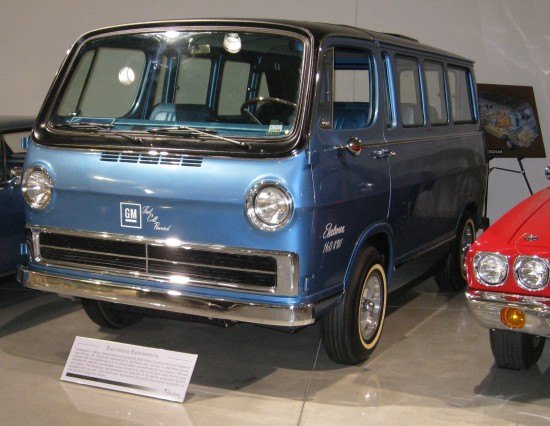


















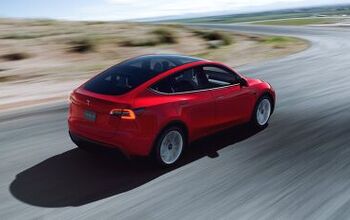
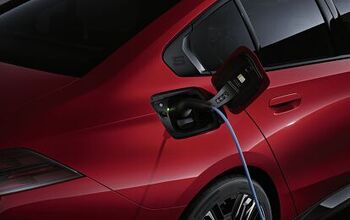
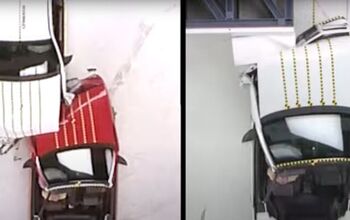
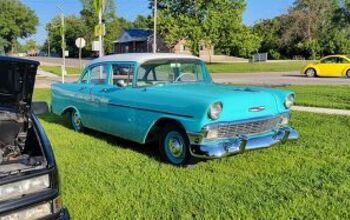
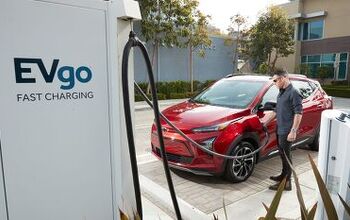
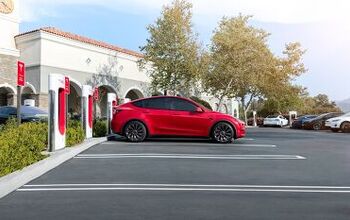









Comments
Join the conversation
It looks like GM was trying to copy the fuel supply from the space program too closely. Liquid oxygen is needed in space for the obvious reason that there is no oxygen in the vacuum of space so you need to bring your own O2 for the fuel cells and breathing. There is plenty of O2 in the atmosphere so you don't need to bring your own oxygen supply in a car. I suspect that the fuel cells were designed to run with pure O2 so GM had to provide a pure O2 supply for them. Better to redsign the fuel cell to run on air, but this was probably quicker.
Whatever happened to the Honda Clarity? It's still on Hondas website, but I haven't heard of any real work being done in hydrogen in the last few years.